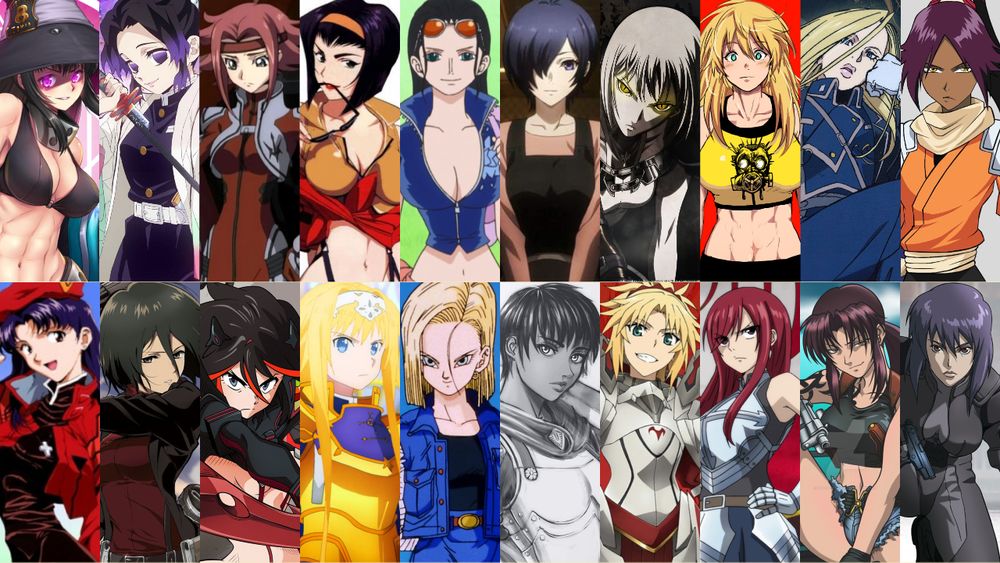Tales in the New World: Writing the American or Australian Historical – Beth Henderson

So, bring that Highland laddie, that Irish rogue, the Regency dandy, the Plantagenet or Tudor lord, the roving Viking warrior to one of the New Worlds (the continents of North and South America and Australia all qualify). Force a convicted man or woman, or an indentured one, or a slave onto a ship bound for…well, historically, likely death, but while people around our main characters might greet Death, our heroes and heroines will only have a slight brush with it. Match your hero with a heroine he might never have met in the Old World. It’s still a man’s world in these historical periods, though feisty women no doubt abound as well. They had to survive the challenges, you know. The scenery these characters stride is a bit different, sometimes the language is, but these Europeans from earlier centuries are related to the immigrants that settled large new lands. You can convert them into whatever your story and the time period demand.
The Postproduction Outline: Keeping Pantsers and Plantsers Alert to What’s Happened and What Needs to Happen Yet! – Beth Henderson

Recently, I tried something different. A Postproduction outline. I created it when I was past the middle part but still a ways to go to hit the conclusion.
Wait, What?! Writing Killer Plot Twists – Cynthia Owens

As readers, we all love to get into a good book with great characters and an engrossing plot line. We also like to guess what’s going to happen. But what we love most of all are those moments when you’re bowled over by some totally unexpected that you didn’t see coming, yet when you read it, it makes complete sense.
Plotting From Character

Have no idea what to do with your characters? Do you have a story but no idea how to structure the plot? This workshop covers some ideas on how to create the story from the inside out.
